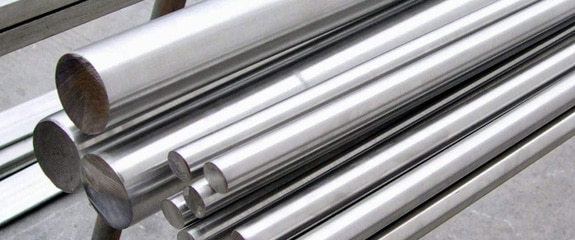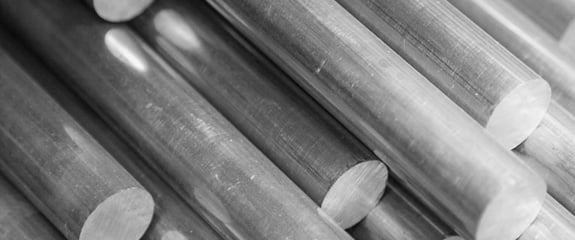Duplex vs 316 Stainless Steel: What Wire Mesh Should I Use?
Woven wire mesh has been a prominent screening material since the early 1800s. While brass was a leading material used to weave mesh, customers soon began to use other alloys.
As time went on, a changing of the guard within the material market occurred, and stainless steel was placed at the forefront of what was used in the woven wire industry. But to ensure your mesh meets your standards, you must understand how stainless steel compares to other popular materials, such as Duplex stainless steel.
Established in 1872, W.S. Tyler was built on the idea of helping customers leverage the possibilities of woven wire to achieve results that bring value and increase efficiency.
Staying true to this mission, we wrote the following article to establish the differences between duplex and 316 stainless steel to give you a better idea of what may work best for your process. You will learn:
- What duplex stainless steel is
- The benefits duplex stainless steel offers
- What 316 stainless steel is
- The benefits 316 stainless steel offers
- How duplex and 316 stainless steel differ
What Is Duplex Stainless Steel?
Duplex stainless steel is a woven wire mesh alloy classified by its two-phase construction. Each wire consists of an even ratio of austenite and ferrite.
In addition to the two phases, duplex also consists of chromium, nickel, nitrogen, and molybdenum. The amount of each element present will determine what duplex category the alloy falls under.
That said, there are four categories of Duplex stainless steel:
- Lean Duplex
- Standard Duplex
- Super Duplex
- Hyper Duplex
In regards to this article, we will be focusing on standard duplex.
What Are the Benefits of Duplex Woven Wire Mesh?
Duplex stainless steel is known for having a heightened resistance to corrosion, specifically pitting corrosion. It also features a tensile strength that is superior to austenitic alloys.
Additionally, duplex stainless has superior welding capabilities. This is all while the alloy remains pliable, more so than most alloys containing ferrite.
What Is 316 Stainless Steel?

316 stainless steel is the most widely used 300 series stainless steel when weaving woven wire mesh. Its chemical makeup consists of 16% chromium, 8% nickel, 2% molybdenum, and less than 1% carbon.
The minimal amount of carbon classifies 316 stainless steel as a low-carbon alloy. This means there is a minimal amount of carbide precipitation.
What Are the Benefits of Using 316 Stainless Steel?
When in the molten stage, the molybdenum is added to 316 stainless steel at the molecular level. This helps stabilize the alloy and increases its resistance to corrosion.
The lack of carbon also helps build 316 stainless steel’s resistance to corrosion. This is particularly true when the mesh is exposed to moisture, as the more carbon present, the more likely the alloy will rust.
How Do Duplex and 316 Stainless Steel Compare?
A significant difference between duplex and 316 stainless steel is how resistant each alloy is to corrosion. While 316 has one of the best resistance to corrosive environments within the 300 family, duplex is far more resistant to corrosive pitting when chloride is present.
There are differences noteworthy differences in the chemical makeup of both alloys. Duplex contains 18 to 28% chromium and 4 to 8% nickel, while 316 stainless steel 16% chromium and 8% nickel.
To that end, the lower amounts of nickel contribute to duplex being the most cost-effective of the two.
Don’t Limit Your Woven Wire Mesh Alloy
Duplex and 316 stainless steel are both alloys within the stainless steel family often used to weave wire mesh.
Duplex offers a heightened sense of tensile strength and resistance to chloride corrosion. At the same time, 316 stainless steel offers the minimal carbon presence needed to prevent rust in moist environments.
But the alloys available to you stretch far beyond the stainless steel. In fact, there are a handful of alloy categories that each have their own sets of variants that can be used to weave your wire mesh.
W.S. Tyler has been helping customer navigate the wire mesh industry for over 140 years and strive the help you overcome the hindrances you may encounter when selecting a suitable wire mesh alloy.
To gain insight into the various alloys you should take into consideration when designing the perfect wire mesh solution, read the following article:
About Ronnie Brown
Ronnie is the Content Writer for W.S. Tyler and has four years of experience as a professional writer. He strives to expand his knowledge on all things particle analysis and woven wire mesh to leverage his exceptional writing and graphic design skills, creating a one-of-a-kind experience for customers.




